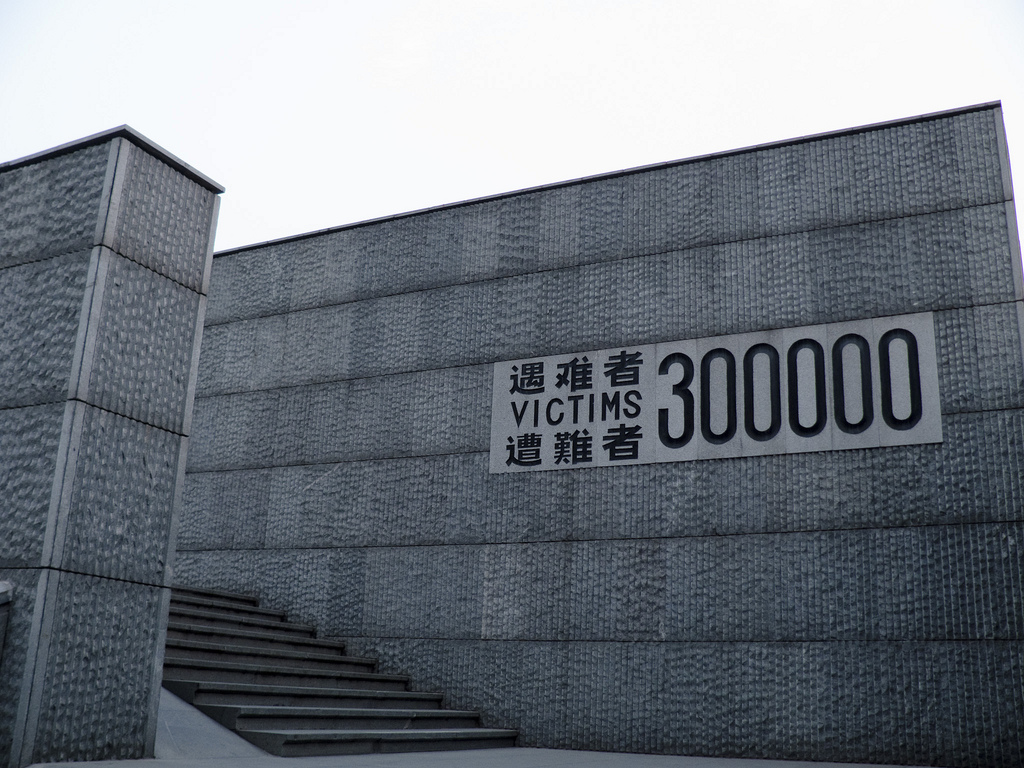What are the trends of conflicts and conflict deaths from 1990 to 2020?
The map shows non-state conflicts and state-based conflicts. The numbers of both conflicts increased obviously from 1990 to 2020. As for the distribution of the conflicts, in 1990, the non-state conflicts were aggregated in countries in South Asia and South Africa, like India and South Africa. In 2020, most non-state conflicts were distributed in countries in North America, South America, and Central Africa, like Mexico, Brazil and Sudan. The state-based conflicts in 1990 were mainly in countries in South America, Africa, and Western and South East Asia, like Peru, Sudan, Iraq, and philippines.
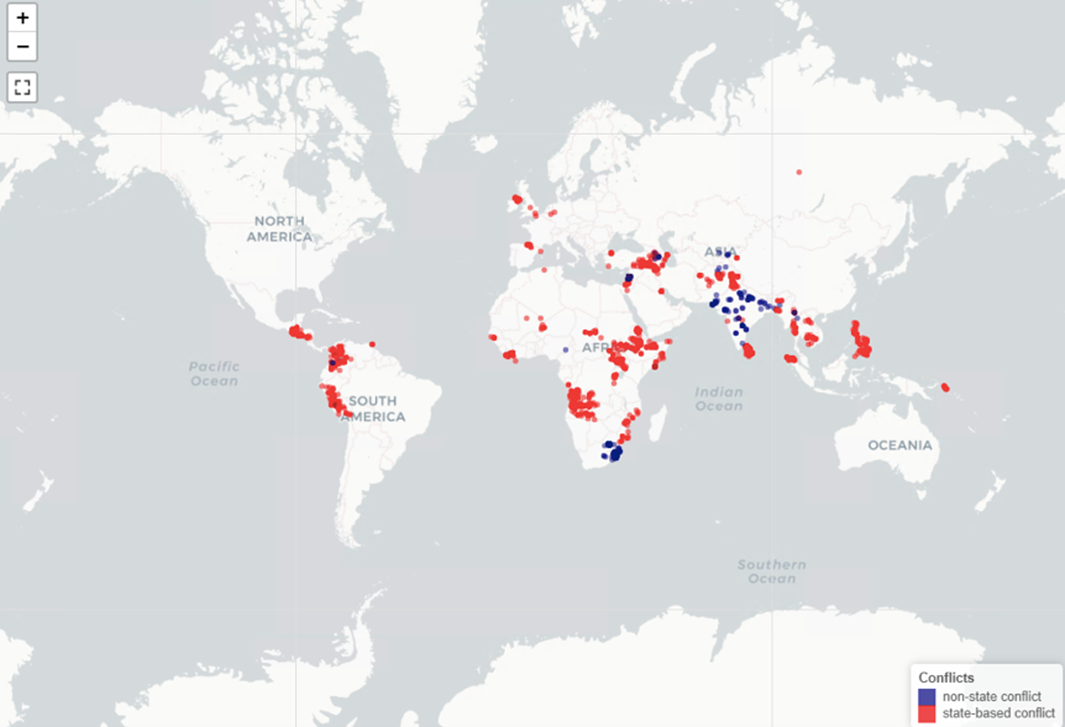
Figure 1. Conflicts in 1990
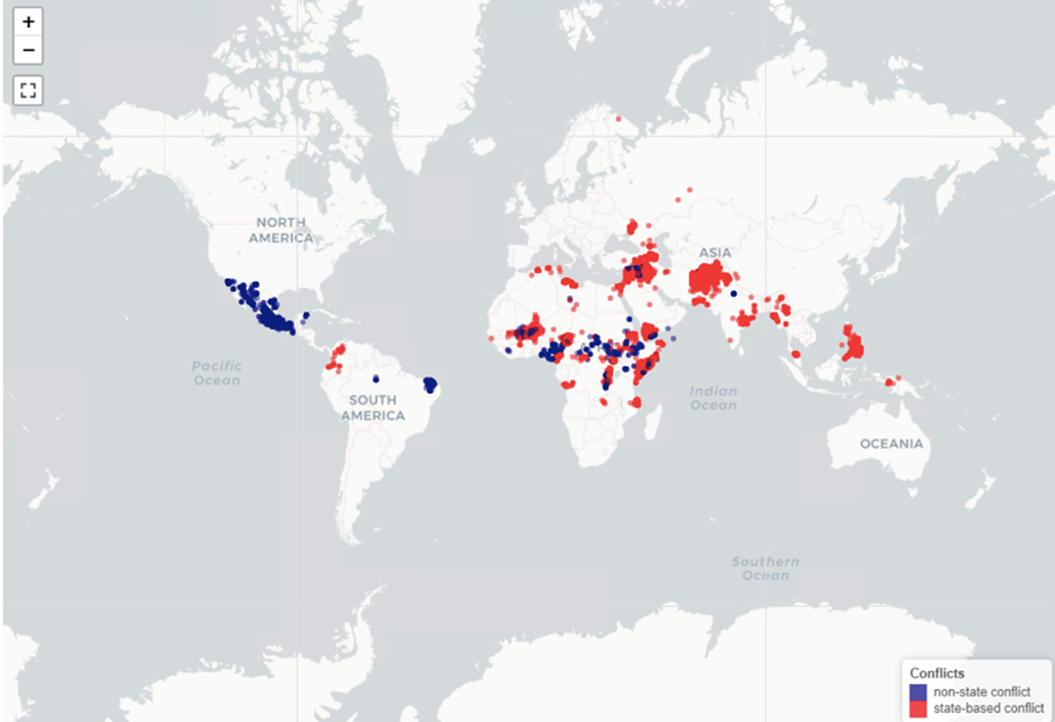
Figure 2. Conflicts in 2020
For the conflict deaths, countries in Afirca and Asia (especially South Asia and Western Asia) have more deaths than other regions due to endless conflicts. And Russia also lost lots of people over the last 30 years. From the cumulative perspective, Syrian Arab Republic (327,949), Afghanistan (258,429), and Ethiopia (145,169) are thethree countries with the largest conflict deaths from 1990 to 2020.
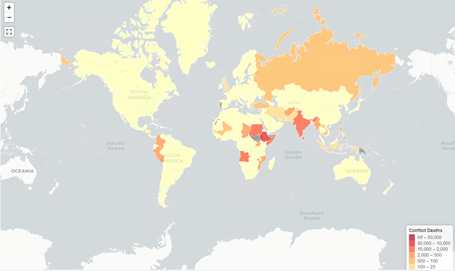
Figure 3. Conflict deaths in 1990
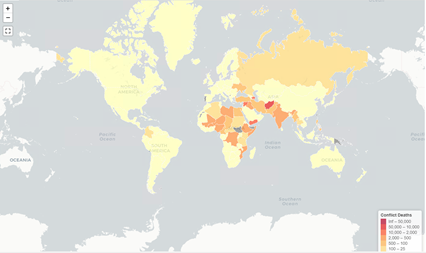
Figure 4. Conflict deaths in 2020
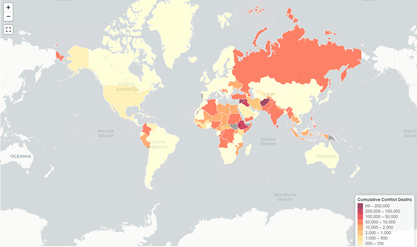
Figure 5. Conflict deaths from 1990 to 2020 (cumulative)
We can see that the world has never been at peace over the last 30 years, and some countries are suffering from conflicts without even a piece of peace.
Note: A state-based conflict is defined by the Uppsala Conflict Data Program (UCDP) as: “a contested incompatibility that concerns government and/or territory where the use of armed force between two parties, of which at least one is the government of a state, results in at least 25 battlerelated deaths in a calendar year.”. A non-state conflict is defined by the UCDP as “the use of armed force between two organized armed groups, neither of which is the government of a state, which results in at least 25 battle-related deaths in a year.”.
How do conflicts affect the GDP of the countries involved?
From 1990 to 2020, the country with the highest number of conflict death (327,949 in total) is Syrian Arab Republic, which was involved in Syria Civil War and the war is continuing in current days. The second highest country is Afghanistan (258,429 in total), which was involved in the War in Afghanistan between Taliban and the United States started in 2001, and ended in 2021. According to the map displayed, the countries which have the highest numbers of conflict death concentrated in West Asia and most area of Africa. The main reasons for wars are usually around economic, territory, religion, nationalism, revenge and so on. For non-state conflicts or civil wars, poverty is also an important cause, because it would trigger rebellion. From the Figure of cumulative GDP from 1990 to 2020, we could see that the countries which are involved in wars frequently usually do not have a good performance on the GDP, which means their economic condition is a big concern. However, we could not tell whether the low GDP is a result of conflicts, or they are involved in the conflicts because of the low GDP.
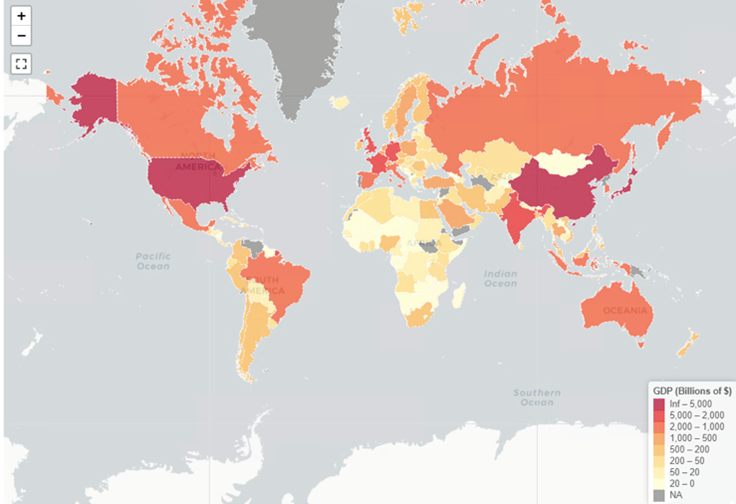
Figure 6. GDP from 1990 to 2020 (cumulative)
What are the characteristics of countries with high level of military expenditure?
According to the map of GDP and military expenditure, the countries with higher GDP tend to have higher numbers in military expenditure. America and China are both the first and second top in all countries. The cumulative GDP of America from 1990 to 2020 is 2.6 times larger than it of China. However, the military expenditure of America in 2020 is 5.9 times larger than it of China. The US has been involved in a lot of conflicts against other states, including Iraq, Somali, Haiti, Kosovo, Yemen, Pakistan, Afghanistan and so on. Not only America, the members of NATO of Europe, such as Germany, Denmark, Italy, United Kingdom, have also been involved in many modern conflicts. These countries are ranked high in GDP and considered as developed countries.
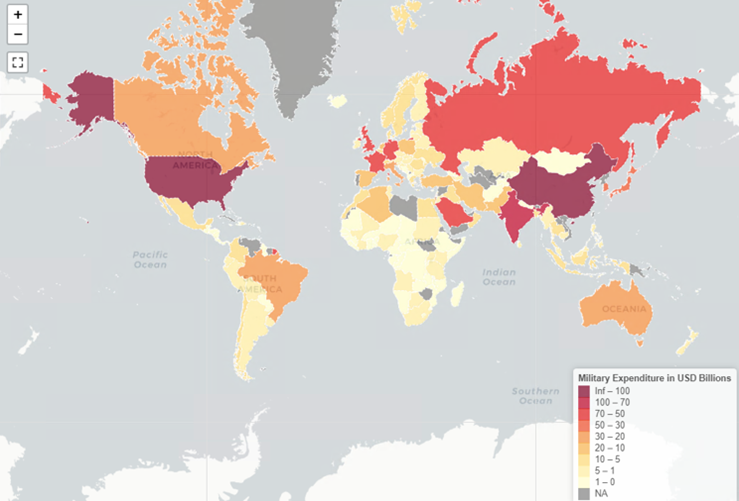
Figure 6. Military expenditure in 2020
